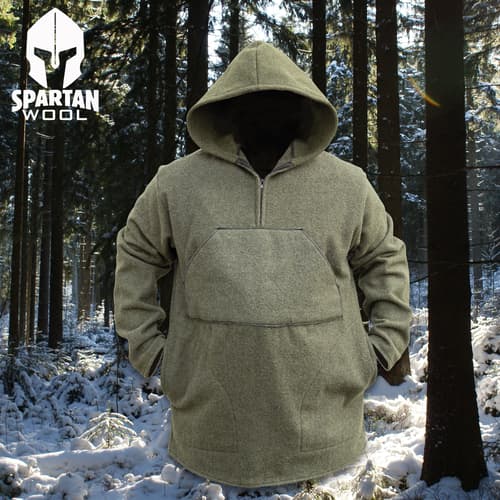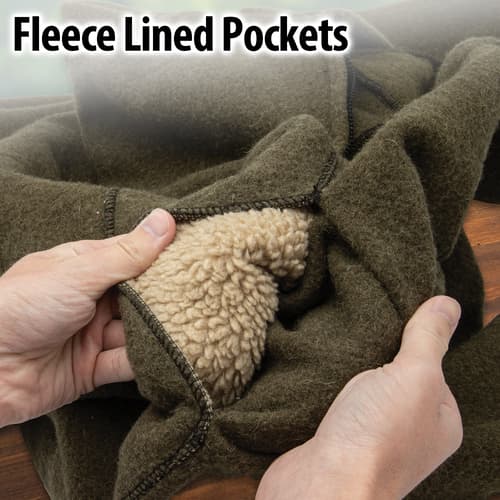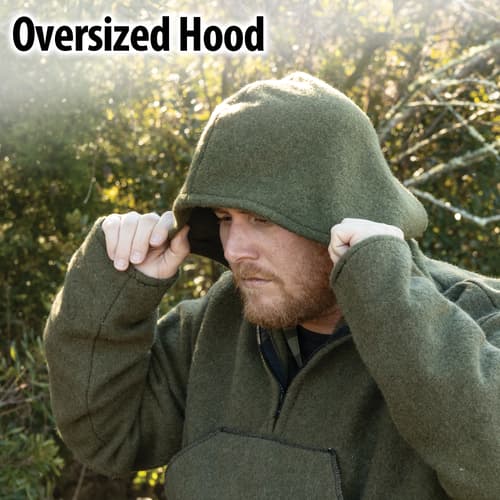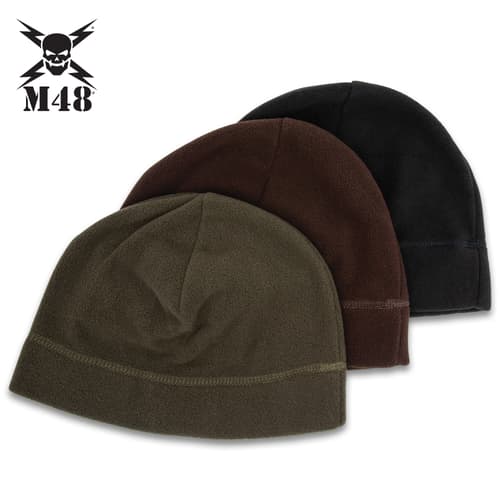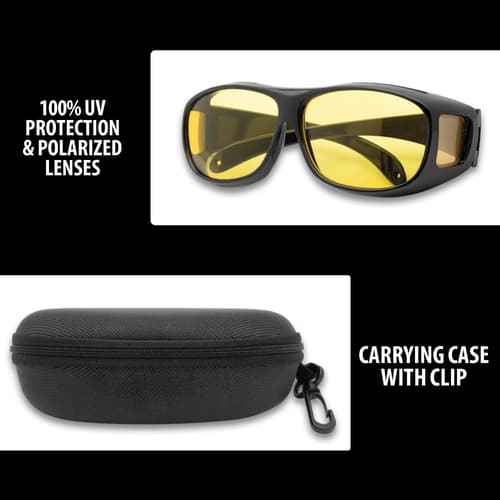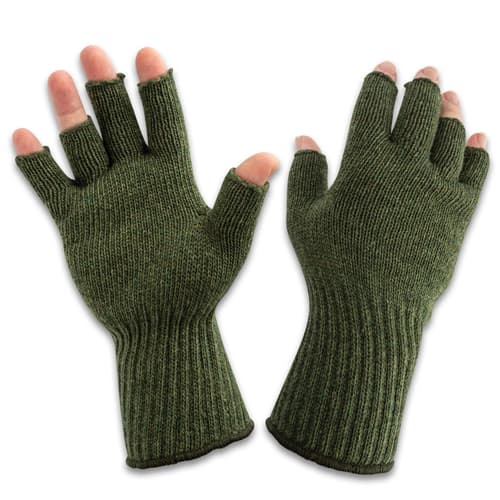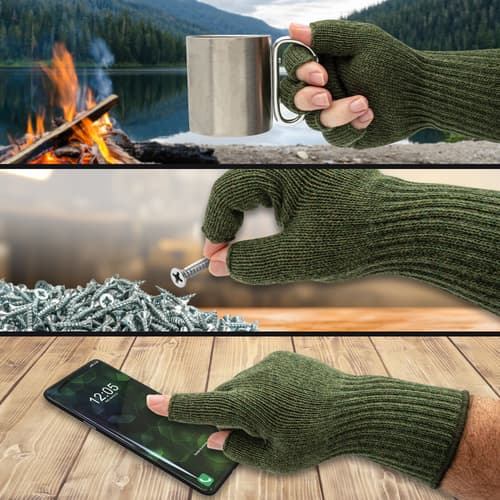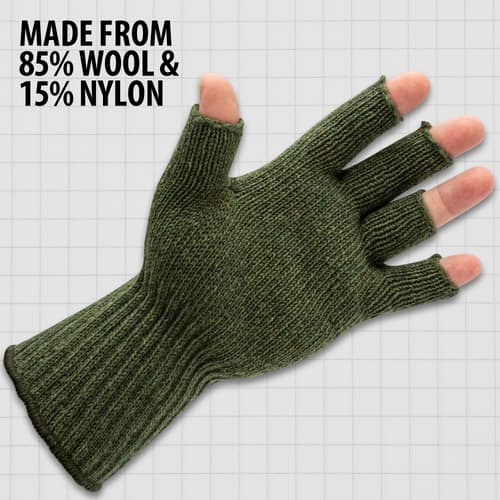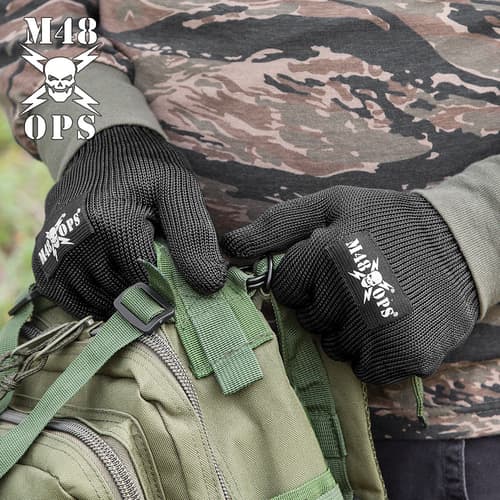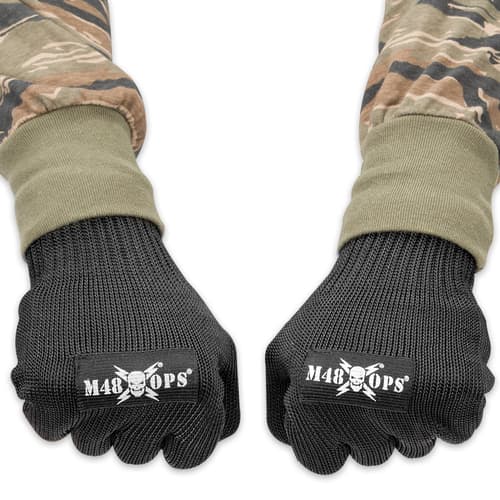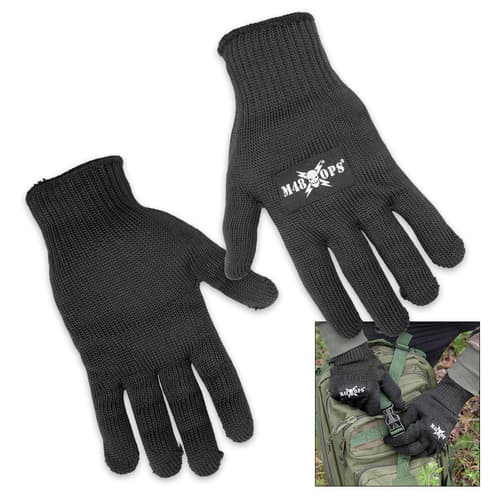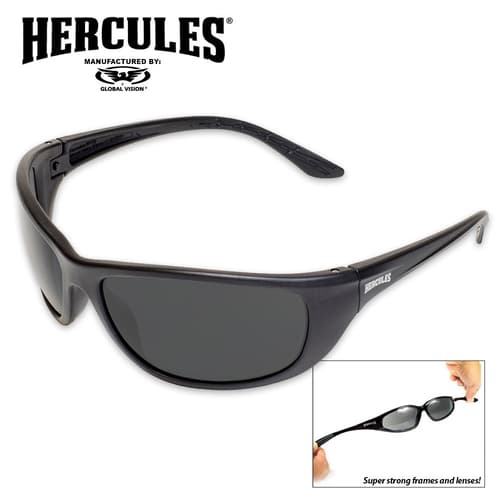Why Top Quality Thermal Wear Is Wool (or At Least a Wool Blend)
Why Top Quality Thermal Wear Is Wool (or At Least a Wool Blend)
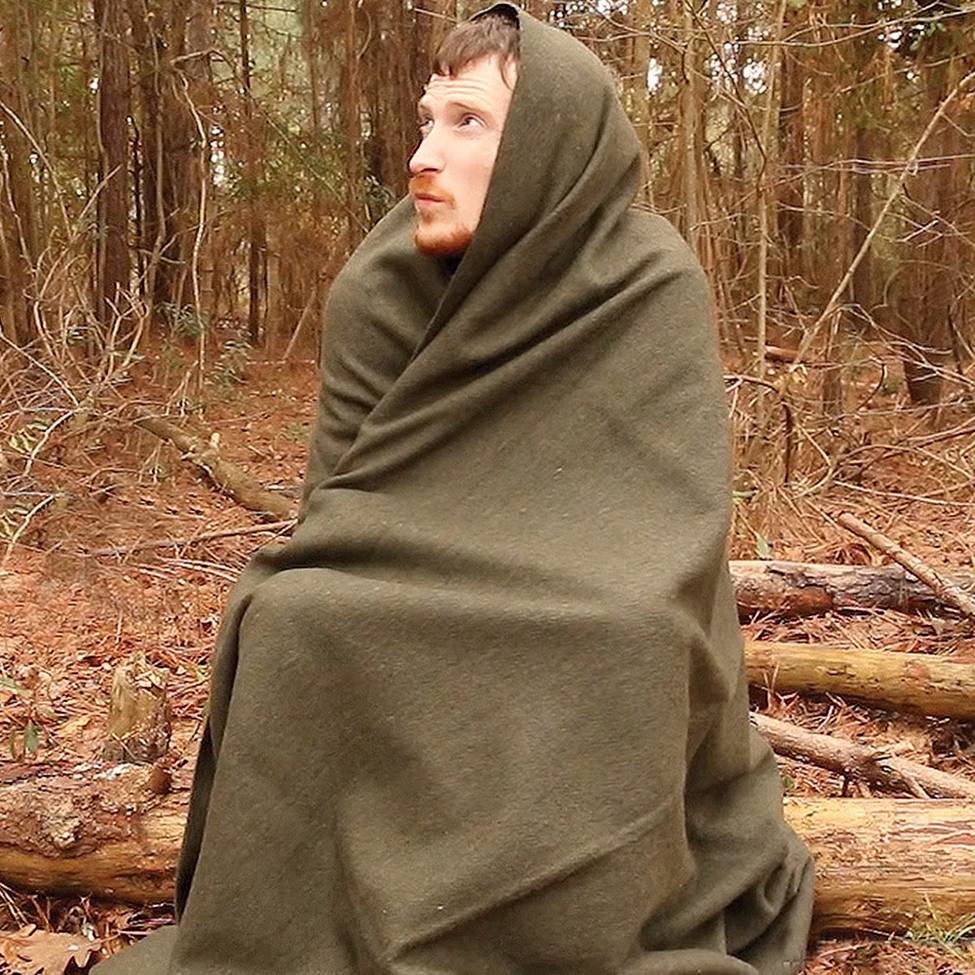

The best thermal wear out there is made of wool. Period. There are performance synthetics out there, but they fall short of wool, and you may have heard a saying among outdoorsmen, “cotton kills.” It’s true, and this article will get to the bottom of why - along with all of the other reasons that wool is just the best material for making thermal fabrics, hands down.
Wool Is a Better Insulator and Thermoregulator
Wool is a better insulator than cotton and as good if not better than any synthetic. Plus, unlike down (which is another good insulator) wool stays warm if it gets wet (more on that in a moment). The one drawback of wool is that it is a fairly heavy material - but isn’t that a good tradeoff for thermal wear that will actually keep you warm? It’s not as packable as down or some synthetics, but it sure is warmer. And here’s another misconception: wool is too warm. Like cotton, wool breathes, which means you can wear it comfortably even during warmer seasons (within reason, at least, you don’t need to wear a wool coat in June!).
Wool Stays Warm When Wet
The big selling point of wool, perhaps the biggest selling point of wool, is that even if it gets wet, it will keep you warm. When down gets wet, it collapses and loses its thermal insulative properties. When cotton gets wet, it absorbs water. Then, it whisks moisture away from you as the moisture evaporates, literally chilling you further. This is why seasoned outdoorsmen say cotton kills. It quite literally can, in cold, wet conditions. Wool is better. Unlike cotton, which absorbs and holds onto moisture, wool adsorbs moisture, a chemical rather than physical process. And, as the wool adsorbs moisture, the hydrogen bonds in the water break apart, releasing potential energy. This reaction actually produces heat - which means wool is better than all other fibers in the cold, specifically when it gets wet. It also means that wearing wool in cold wet conditions can literally save your life. Don’t forget that.
Wool Doesn’t Melt (and It Self Extinguishes)
The problem with some synthetic fibers (well, one of them) is that they and campfires don’t generally mix. When an ember hits a synthetic blend, usually what happens is it melts. If it happens enough you’ll get a bunch of holes in your thermal gear. Now the cool thing about wool is that it is naturally fire-retardant. Normally, when an ember hits a wool weave it will go out. Felted wool garments will actually extinguish embers - protecting not only the garment itself but you, underneath it.
Wool Is by Far the Most Durable Option
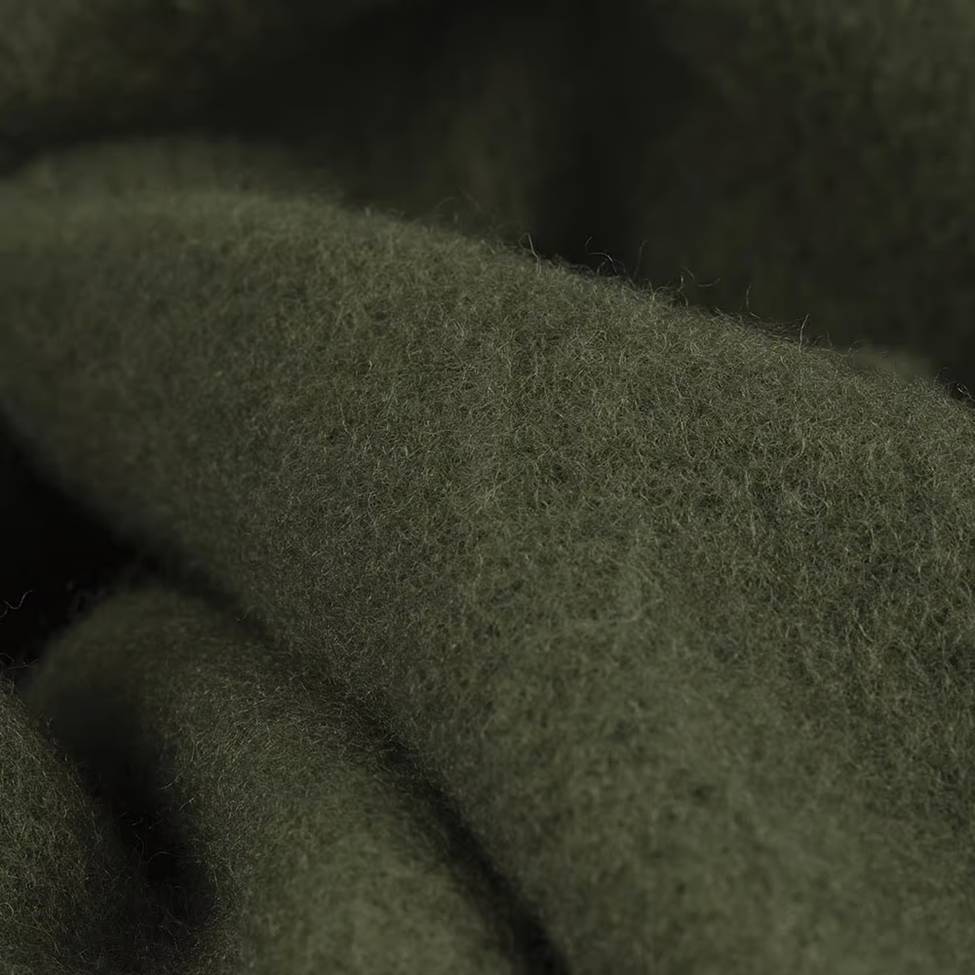

There’s also something to be said for thermal gear that, you know, actually lasts. Some synthetics are tougher than others, but when UV breaks them down or wear compromises the fabric itself, sometimes you can’t even stitch them up. As for cotton, the fibers will sustain on average 3000 to 4000 stress cycles (meaning you can bend the fibers 4000 times before they break). Wool is much, much tougher, with some estimates suggesting you can bend the fibers up to 40,000 times before they break, though other estimates are lower, around 20,000. Either way, wool wins out big time. All of this is to suggest that an investment in quality wool thermal gear is an inherently long-term one.
Wool Is Antimicrobial and Cleans Itself
Wool possesses a number of innate features that make it antimicrobial. For one, wool is naturally water-repellent, which keeps it dry, making it inhospitable to the growth of most microbes. Even were that not the case, wool contains lanolin along with other fatty acids, most of which directly counteract the growth of microbes, not only bacteria but also mold and mildew. Also, if you look at wool under a microscope, you will see that the fibers are scaly and interlock with each other. This unique mechanical structure means that as you move the fabric, the scales scrape against each other, literally scrubbing away dirt. You can make a wool garment dirty, but wool resists accumulating soil and over the long run does a pretty impressive job of cleaning itself.
Wool Is Odor Resistant, Most Other Fibers Are Not


Have you ever smelled a pair of heavy cotton socks after wearing them for a day? Yeah, don’t - and don’t do that with any synthetics, either. Those fabrics trap moisture and encourage the growth of microbes that make the fabric smell nauseating - but for the reasons mentioned above, wool does not. This results in thermal wear that doesn’t smell, even after repeated, prolonged uses. It’s like a miracle fiber.
Wool Is Comfortable
Lastly, there is a common misconception that wool is not comfortable. It can be, if it is a low or coarse grade of wool, but most wool is quite comfortable to wear, and the softer grades, like merino, are not only as comfortable as cotton, but softer, and more comfortable. So if that’s your hurdle, it’s time to overcome it.
Gear Up with Wool Thermal Wear from CH KADELS
Ready to refresh your thermal wear with better options from our catalog? Shop wool thermal wear here and if you have any questions, get in touch with us before buying, we are more than happy to help.
